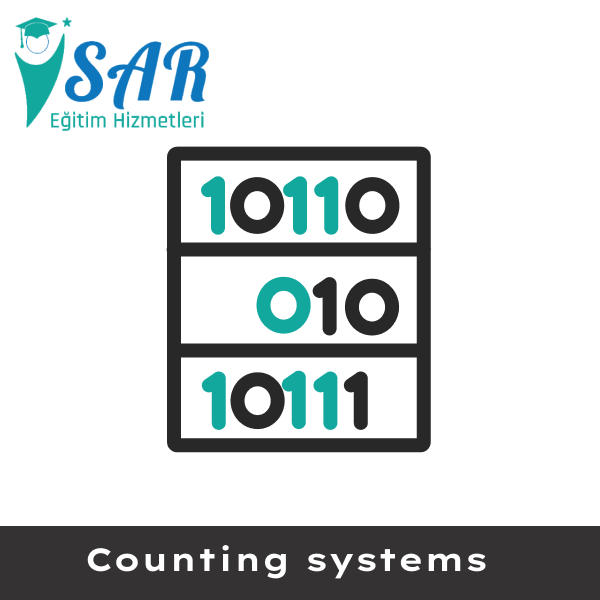new information
Did you know that 1 + 1 does not necessarily equal 2?
Rather, it can be equal to 10 with a different number system, such as the binary number system used in computers, for example
Counting systems
There are several number systems, including Binary, Octimal, and Hicksadicimal
All of us, since childhood, have learned to count from the number one to the number 10, as the number 10 is the increase of one number in the ones place from the maximum value of that place, so the ones place becomes the smallest value again, which is 0, and the increase of one number in the tens place, as it changes from 0 to 1
But did you know that all you learned is only one of the many number systems, which is the decimal system.
Whereas, in this numbering system, the base of the number is 10, and the value of one digit is from 0 to 9.
binary system:
Binary numbers are represented by only one or two digits, i.e. 0 (zero) and 1 (one).
The binary numbers here are expressed in the base 2 number system. For example, 2(101) is a binary number.
Each number in this system is called a bit.
Convert binary number to decimal:
A binary number is converted to a decimal number by multiplying each digit of the binary number by a power of either 1 or 0 to the corresponding power of 2. Suppose a binary number has n digits, B = an-1…a3a2a1a0 . Now, the corresponding decimal number is given and from it:
D= (an-1 × 2n-1) +…+(a3 × 23) + (a2 × 22) + (a1 × 21) + (a0 × 20).
Example: Convert (10011) to a decimal number.
the solution:
(10011)2 = (1 × 24) + (0 × 23) + (0 × 22) + (1 × 21) + (1 × 20)
19 = 16 + 0 + 0 + 2 + 1 =
The author of the article, Engineer Moayad Kalash, Managing Director of ISAR Company
